9. Dark Waters (Mariano Baino, 1993)
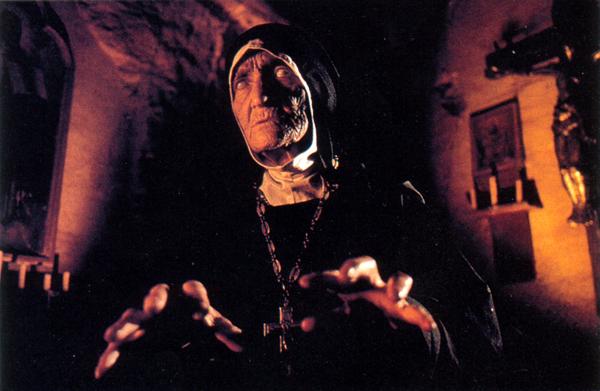
The piercing clamor of thunder, lightning and rainstorm. We are taken to a remote, ancient Crimean monastery which keeps a Lovecraftian secret in one of its many catacombs. Candles and torches are everywhere, creating the abundance of shadows and making nuns even creepier than they are.
A blind, clairvoyant, probably insane painter is confined in a pit-dungeon where he works on some morbid frescoes. The arrival of a British girl, Elizabeth, whose father financed the complex unearths the Evil that has lived there, maybe since forever…
Mariano Baino’s first and only feature-length film is a striking neo-Italo-horror which doesn’t rely on jump-scares but rather on the dark, heavy, disturbing and foreboding atmosphere achieved via the exquisite aesthetics and the complementary sonic backdrop.
Beautifully framed compositions capture the mysteriousness of the setting, as the inhuman mumble, muffled child cry and overwhelming wailing of the pipe organ send chills down your spine.
10. Suture (Scott McGehee & David Siegel, 1993)
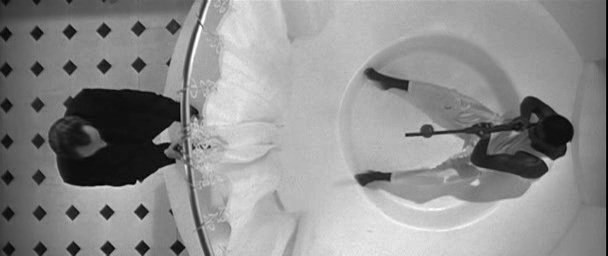
Shot in stark B&W which adds an extra WTF? to the peculiar casting choice/gimmick, “Suture” is, in the words of Todd McCarthy for Variety, “part mystery thriller, part psychological investigation and part avant-garde experiment”. It is also one of the trickiest films about switching identities, given the fact that a burly Afro-American actor (Dennis Haysbert) plays the poor brother of a slim, wealthy white man (Michael Harris).
With each mention of how Haysbert’s and Harris’s characters look so much alike, the viewer is left no choice but to wonder: “What are the intentions of the directorial duo?” No clear answer is given, but one can assume that McGehee & Siegel might be tackling the subject of the cinematic reality’s versatility and deceptiveness.
There’s a possibility they’re making an anti-racist statement, while putting their twisted humor on display – why else would the protagonist’s plastic surgeon and, later, love interest bear a name that is just one ‘e’ away from René Descartes? (Not to mention Tom Jones’s cover of Johnny Cash’s “Ring of Fire” during the aftermath of bomb incident.)
11. Fe (Kanji Nakajima, 1994)
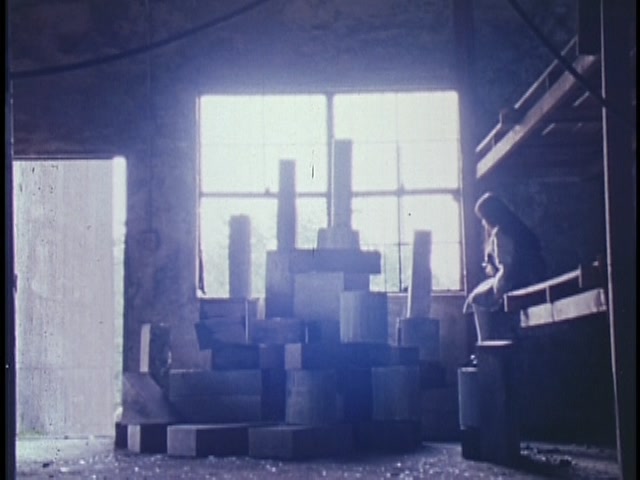
Kanji Nakajima’s genre-defying feature debut “Fe (Iron)” could be categorized as an ecological parable or a portrait of man’s relation to time-worn things, as well as a silent lament of an old, jaded artist – a hero who stands for all of the creators trying to slow down the humanity’s downfall.
At the beginning, he tells a poetic story of a tree, clearly pointing out at the proximity of the end. In eager expectation, he waits for the rain of petals to postpone his death, letting him finish one last painting. Under the leaden skies, his life is nothing but a mirage in a steel desert; a bad dream that seems to repeat ad infinitum. His pessimistic view of the future reflects the universal aspiration to leave a trace in history and, simultaneously, the author’s fear of personal apocalypse.
Utilizing a deliberate pace and emphasizing the sovereignty of hard constructions over the living creatures, Nakajima enchants the viewer by frequently long takes of gloomy beauty and dirty colors. The melancholic mood of his “archaic” film is complemented by the ethereal instrumentals and the noise of gargantuan complexes.
12. Gospel According to Harry (Lech Majewski, 1994)
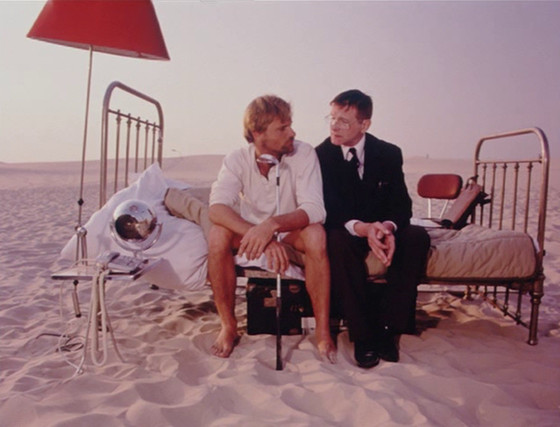
If you haven’t caught up with the work of Lech Majewski yet, “Gospel According to Harry” is the best place to start, since it is his most accessible film. From Genesis to Ascension, it is a surreal and iconoclastic Beckettian satire resting upon a sarcastic screenplay written by the director himself.
A sharp, farcical critique of modern society comes from the desert in which the TV sets grow from the multicolored jackstones, as a dark-skinned man is crucified for trying to kill the president. In the very same environment, the marriage of Karen (Jennifer Rubin) and Wes (Viggo Mortensen) falls apart like an invisible house of cards. And Harry (Jack Kehoe) is their tax gatherer.
In spite of being limited to a sandy piece of California under the open sky, whereby the characters’ apathy spreads like a disease, there’s (literally) no room for monotony. The brilliantly minimalist mise en scène, wry humor and the bluesy, ambient score establish the outré atmosphere and offer a unique viewing experience.
13. Nadja (Michael Almereyda, 1994)
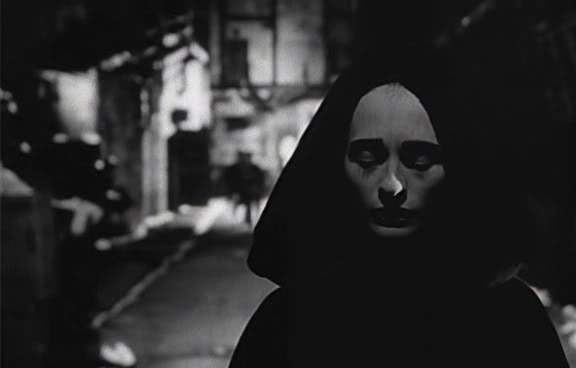
With an accent to die for, the adorable Elina Löwensohn portrays Dracula’s daughter Nadja who searches for her alienated brother Edgar (Jared Harris) in the modern-day New York, after their father’s death at the hands of the nutty Dr. Van Helsing (Peter Fonda, having a whale of a time).
However, Michael Almereyda is not interested in telling the story. Instead, he deconstructs or rather, postmodernizes the vampire myths into a “deadpan noir” meditation on eternal life and whatnot, creating a film that is a shrewd parody as much as a quirky horror-drama for those who insist on genre classifications. He also has his executive producer (and probably a role-model) David Lynch in a cameo role of a morgue receptionist.
The film’s cool, deliberately emotionless and pseudo-intellectual atmosphere is created through the hip mélange of slick B&W cinematography (with PixelVision sequences for the bloodsuckers’ POV) and the haunting soundtrack which is very 90s and occasionally, very Portishead.
Roger Ebert was right when he said: “(Nadja) is like a jazz improvisation that wouldn’t mean much if you didn’t know the original song”.
14. The Corridor (Šarūnas Bartas, 1995)
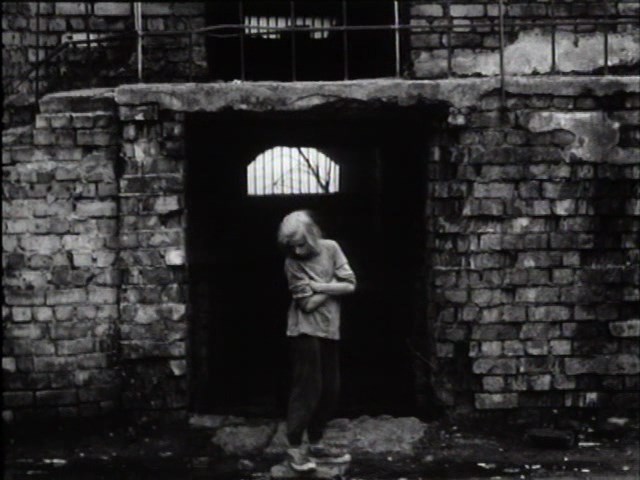
“The Corridor (Koridorius)” is without a doubt one of the most depressing films (dialogue-free or not) ever made and its author – “the Lithuanian Béla Tarr” – is the master painter of despair. Each shot of this wordless drama is a startling monochromatic reminder of nothingness that awaits us.
As in other Bartas’s works, the people (here, the tenants of a ramshackle residential building) are reduced to inert entities – they’re the fragments of someone’s memories or forgotten thoughts, unconsciously sliding towards their own destruction. While they stare into emptiness or divert deep glances in shame, they are swallowed by heavy, voracious shadows.
And when they sing, dance or laugh for no apparent reason, these wretches seem even more pitiable and lonesome. Overwhelmed by miserable, unsparing life, they are torn between the bitter past and the uncertain future, wandering amongst the ruins of the present.
Their decay is transformed into a sophisticated, yet harrowing visual poem.
15. The Passion of Darkly Noon (Philip Ridley, 1995)
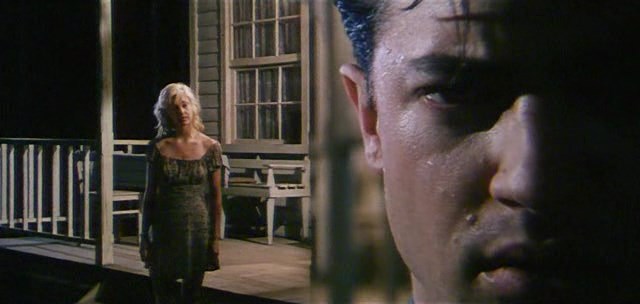
In one of his most memorable roles, Brendan Fraser plays a forlorn and gullible young man named after a Biblical phrase from 1 Corinthians 13:12 by his rigidly pious parents. After his ma and pa’s violent death, he gets lost in a not-so-enchanted forest.
A truck driver, Jude (Loren Dean), finds him – exhausted and barely conscious – and takes him to the sweet cabin of Callie (Ashley Judd) and Clay (Viggo Mortensen), two lovers who live far away from civilization. Once there, Darkly develops unhealthy obsession with the girl, but that is only the beginning of his descent into madness.
Playing with religious symbolism and fairy tale tropes, Philip Ridley delivers a dark and brooding chamber psycho-drama which eventually bursts into a highly flammable fit of passion. Boosted by great performances, his sophomore film speaks of “the family as a destructive force” (in his own words), although it can be interpreted in different ways.
Slightly surreal (in the way of a huge silver shoe floating down the river), “The Passion of Darkly Noon” doesn’t stop when the credits roll, given that the accompanying PJ Harvey’s song “Who Will Love Me Now?” is its integral part.
16. The Hours: A Square Film (Antouanetta Angelidi, 1996)
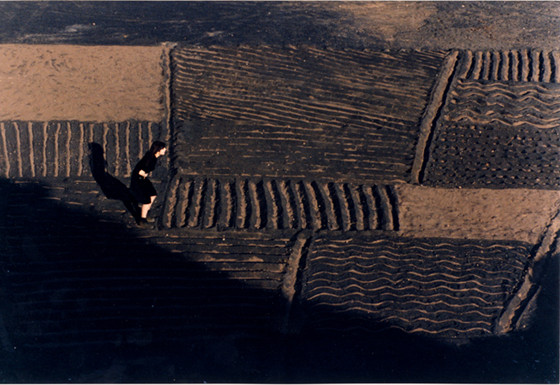
“Sometimes, dreams become reality.” – claims Spendo, the heroine of this hypnotic lyrical fantasy. A transformative process which takes place in her subconscious realm where the time and thought streams are intertwined, is the main (elusive) narrative thread.
A continuous rhythmic dance of memories disturbs the melancholic Spendo’s torn present. Through the short retrospective episodes, we see her, at the pivotal points of her life, as disobedient daughter and sister, good yet weird friend, schoolgirl with wild imagination, passionate lover, caring mother and the victim of sexual abuse. These onerous “excursions to the past” hide the keys for solving psychic dilemmas – they are the obstacles on her path of introspection.
Communicating in the language of inner self, Angelidi gives shape to the abstract and creates a non-linear, impenetrable, yet compact story about a woman on the verge of a nervous breakdown. She pays a great deal of attention to the characters’ poses and moves, so one gets the impression that the film mimics a modern ballet, the intimate atmosphere being its main strength.
17. Village of Dreams (Yōichi Higashi, 1996)
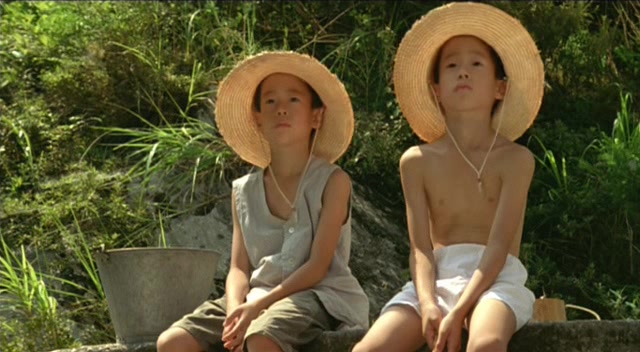
“Village of Dreams (Eno nakano bokuno mura)” is a poetic, evocative, compelling, nostalgia-driven drama with a touch of magic realism in the form of three nice, mysterious old ladies who appear at times to observe and comment the protagonists.
It brings the coming-of-age tale of two mischievous twins with a great talent for drawing in the village of Kōchi Prefecture after the WWII. Actually, the whole film is told in retrospective by one of them, Seizo, who remembers their boyhood of eel fishing and minor skirmishes as carefree, their mother as a bit infantile and their father as pretty strict.
The intoxicating soundscapes blend Japanese folk and, unexpectedly, European medieval music –both in perfect harmony with beautifully captured verdant vistas of rural Japan. But, the feature’s emotional core are non-professionals Keigo and Shogo Matsuyama in leading roles and Mieko Harada – who appeared in Kurosawa’s “Ran” and “Dreams” – as mater familias.